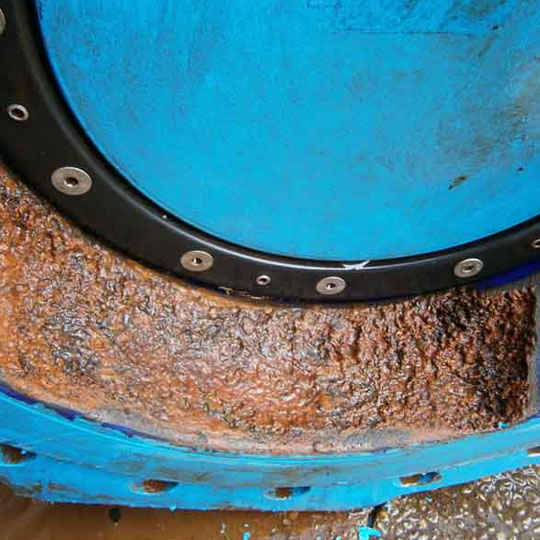Why are butterfly valves unsuitable for control tasks?

During the closing stroke of the valve disk, the cross-section between the valve disk and the body is equally reduced: This results in a crescent-shaped opening on the upper and lower inside of the valve. The further the valve closes, the smaller the gap becomes through which the water can flow. Due to this, extreme gap velocities may occur. They can even lead to the dynamic pressure of the medium falling below the evaporation limit, which, in turn, results in cavitation.
The gas bubbles generated in the process can crack off minute particles from the valve and the downstream pipeline. So-called erosion occurs which can eventually result in leaks or the complete destruction of the shut-off valve (e.g. due to holes in the body).
For the cavitation-free design of butterfly valves, factors such as the flow velocity, differential pressure and flow rate must be considered – even if the shut-off valve serves as throttle valve only for a short time.